30/05/2018 01:47 PM
Protecting the port environments of New South Wales
The marine operations teams at Port Authority of NSW work 24/7 to protect our ports and precious coastlines. Here’s how they’re ready to respond when marine incidents strike.
Australia prides itself on its pristine coastlines. Our coastal waterways are the lifeblood of our biggest cities, our economic gateway to the world, the centre stage for our coastal communities and a drawcard for the millions of tourists who visit us every year.
It’s one of our greatest natural assets and one of our most valuable resources, yet our coastline is also vulnerable to a variety of manmade and natural marine incidents that could put our environment, economies, infrastructure, industries and communities at risk.
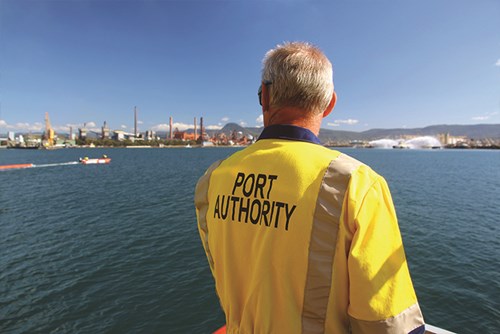
Image: Port Authority is the lead agency for responses to maritime incidents and marine pollution along much of the NSW coastline
Protecting our ports
Port Authority is part of a network of organisations that work together to protect our coastline and port environments from marine emergencies.
Through the Port Safety Operating Licence set by the NSW Government, one of Port Authority’s primary roles is to swiftly respond to all port-related incidents within Port of Yamba, Newcastle Harbour, Sydney Harbour, Port Botany, Port Kembla and Port of Eden.
Beyond these port boundaries, Port Authority is the lead agency for responses to maritime incidents and marine pollution from Fingal Head, Port Stephens all the way down to Gerroa, Seven Mile Beach, south of Port Kembla.
When marine incidents strike
Due to the sheer volume of commercial and recreational vessels and the mix of land and waterside infrastructure, our ports always face the risk of marine incidents.
To manage this, Port Authority’s marine operations teams patrol the waters 24/7 and are ready to respond around the clock should they be called into action.
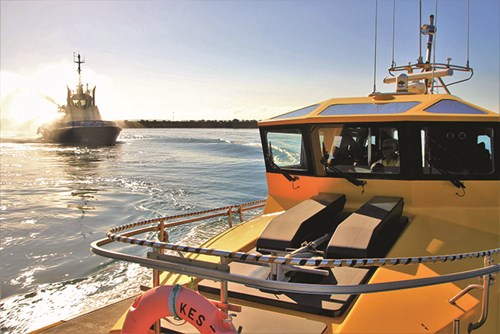
Image: A Port Authority pilot vessel alongside a fire tug during an emergency exercise in Port Kembla
When an incident does strike, history shows that it’s most likely to be in the form of marine pollution. Spills of hazardous substances, chemicals and oil can occur anywhere in the water and the marine operations teams are trained to quickly respond to reports, assess the situation and contain and clean up the pollution before it spreads.
Every year, Port Authority’s highly trained emergency response teams respond to hundreds of reports of marine pollution and undertake thousands of safety audits of vessels transferring bulk oil, gas and chemicals every year.
In Sydney, Port Authority is the combat agency for fires on vessels and other areas around the port while across all ports, the marine operations teams work closely with Fire and Rescue NSW to prepare for fires which may not be accessible to the fire teams by land.
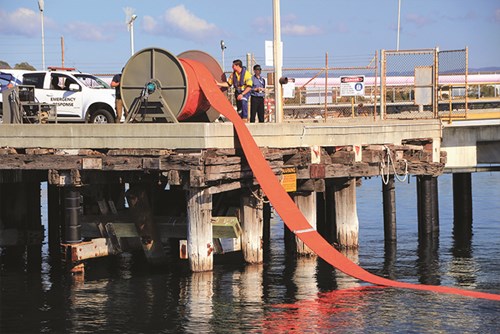
Image: Port Authority marine operations team rolling out a boom used to contain marine oil spills.
In addition to hazardous spills and fires, the marine operations team is ready to assist stricken ships and occasionally tow smaller vessels to safety and even help protect our ports from invasive marine pests.
Capabilities and collaboration
To ensure Port Authority has the capabilities to respond to marine incidents, members of our marine operations team regularly participate in cross-agency simulation training exercises and desktop workshops and have built a reputation of being one of the best maritime emergency response teams in the country.
These skills are backed with specialised emergency response equipment, from fast response vessels to on-water booms that are deployed to contain oil spills.
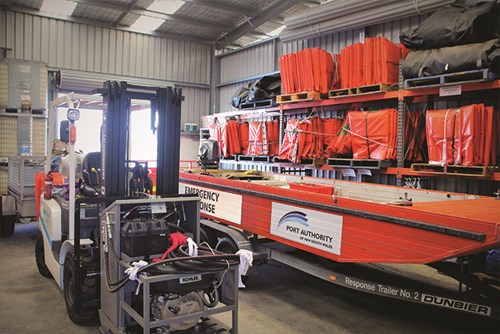
Image: One of Port Authority’s storage sheds containing emergency response equipment.
To refine procedures and to make sure they’re ready for the real thing, every year the Port Authority marine teams hold regular training and full-scale emergency drills. These collaborative exercises, such as the recent oil fire exercise in Port Kembla, sees Port Authority working alongside other emergency service organisations, such as NSW Police and Fire & Rescue NSW.
Port Authority’s emergency response expertise and experience is regularly called upon in New South Wales and beyond — even internationally — and the marine operations team also provides personnel to the State and National teams to assist with the National Plan for Maritime Environmental Emergencies should a major oil spill occur.
Working to make a safer port
Port Authority’s marine operations teams work day in, day out to make sure the chances of a marine incident are as slim as possible. Every day the teams work to ensure the operational safety and security of our ports.
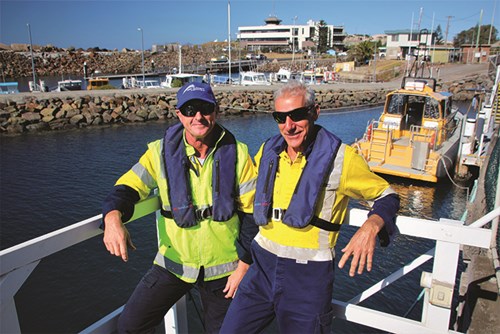
Image: Port Authority’s marine operations teams are always on standby to respond to marine incidents
Every day, marine pilots head out to sea to safely bring in visiting ships aided by Port Authority’s network of navigation aids and Vessel Traffic Services (ship traffic control) teams communicating behind the scenes.
Then there are Port Authority’s specialist hydrographic surveyors who ensure the channels and berths are clear and safe for ships to navigate, while dangerous goods personnel monitor anything that could potentially cause harm to the port environment.
It all culminates towards ensuring our ports are kept as safe as possible by reducing the risk of a maritime incident. But should an incident strike, Port Authority will be ready to respond and protect our ports.
Who to contact in emergencies
Any port-related emergency or incident resulting in a threat to either life or property should be reported immediately to Emergency Triple Zero (000).
Incidents requiring a non-urgent response can be reported by calling Port Authority’s 24-hour community enquiries line on 02 9296 4962 or by emailing [email protected].



